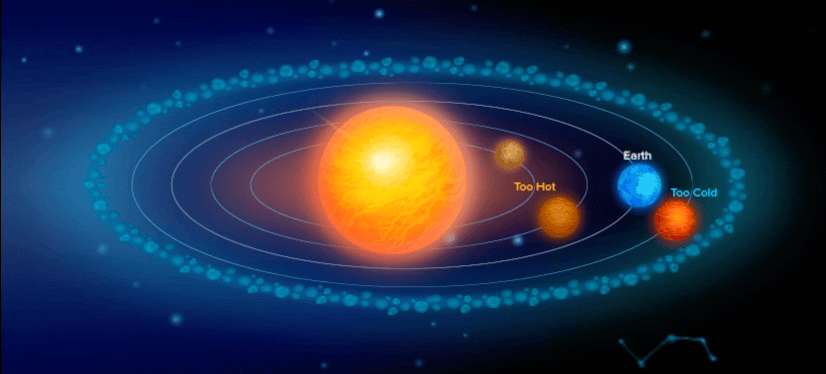
The Earth is a unique planet not only because we humans inhabit it but also how sustainable the weather is, neither too hot nor too cold. The air and water present here are very important for our survival. Hence, the conditions that are favourable to supporting life are only found on Earth. Furthermore, all these features combine to make it unique.
Also, the Earth hosts intelligent life capable of studying the galaxy around us, which makes it even more amazing. Over time, scientists have learned that understanding what is unique about the planet Earth is crucial in determining what other planets might be like.
A unique feature of Earth is its vast oceans, which cover 70 per cent of the planet’s surface. Earth is the only habitable world in our solar system with liquid water at its surface, as known to mankind today. Several decades-long scientific research has found that other planets such as Mars and Venus may have had oceans ages ago; however, they look like barren lands now. Moreover, while scientists may have found signs of water ice on Mercury, large asteroids and Saturn’s strange moon Titan, they have failed to find its liquid form.
Also Read: Why are the Earth, Sun, Moon and all planets round in shape?
For any planet to be suitable for harbouring life of any form, it cannot be too cold that water only exists as ice, and it cannot be immensely hot that the water boils away. Hence, only planets within a specific range of orbits called the “Goldilocks Zone”, also known as the “habitable zone” — are thought to be capable of supporting life. Earth has established itself in an exceptionally comfortable neighbourhood within the zone. The distance at which Earth orbits the Sun is just right for water to remain liquid. Earth is at a comfortable distance from the Sun, orbiting at an average of 92,955,807 miles (149,597,870 kilometres) away.
Also Read: What Happens When You Jump From Space Towards Earth?
The formation of the Earth happened at least 4.5 billion years ago. Most of Earth’s components seem well-suited to life. For instance, Earth is about 150 million kilometres from the Sun, thus putting it within the Goldilocks Zone.
The 24-hour rotation period of Earth is short enough to prevent extreme temperatures between night and day. It is also slow enough to prevent harsh weather patterns that could disrupt the Earth’s surface. Moreover, the Earth has a radius of about 7,000 kilometres that helps impede fast-moving water molecules from evaporating off the planet and escaping into space.
So here we have ourselves, a unique planet with the ideal distance from the Sun, rotation rate, size and liquid water — all characteristics that make it unique and are essential for life as we know it.
Writing has always been Shreesha’s passion, be it for imparting knowledge or expressing opinions. In her former role as a journalist, she contributed to enriching society with knowledge. Now, at BYJU’S, she has moved on to something more exciting – creating tailor-made content for students. When she is not writing, you would find her looking for new ways to engage her child.